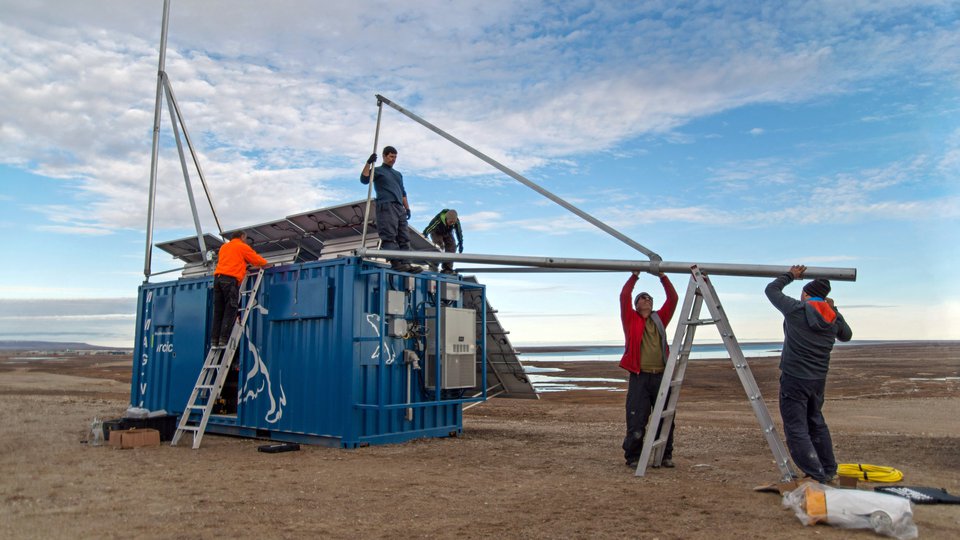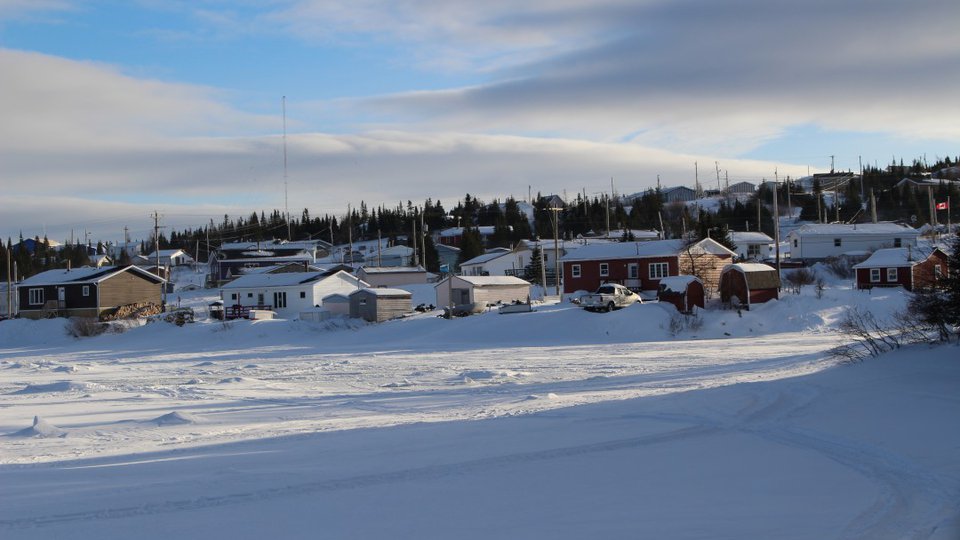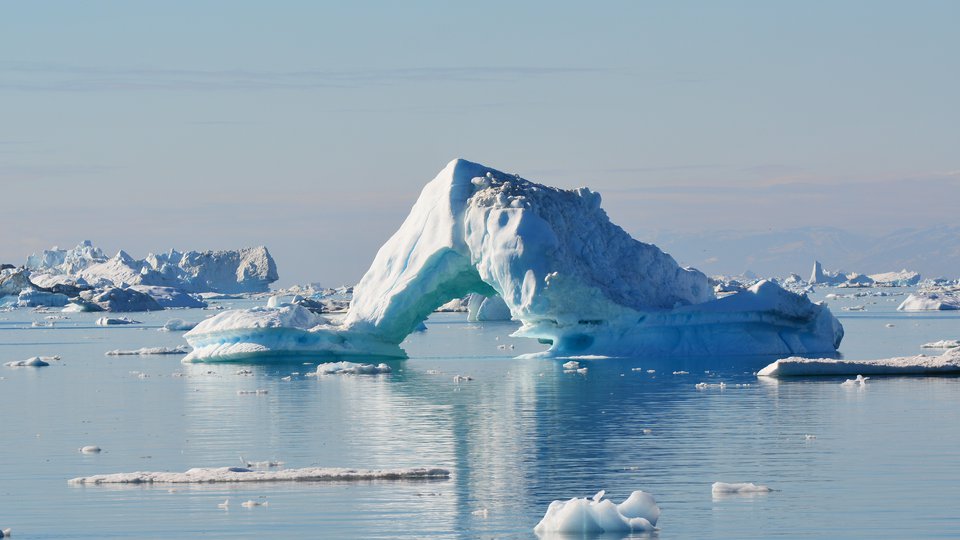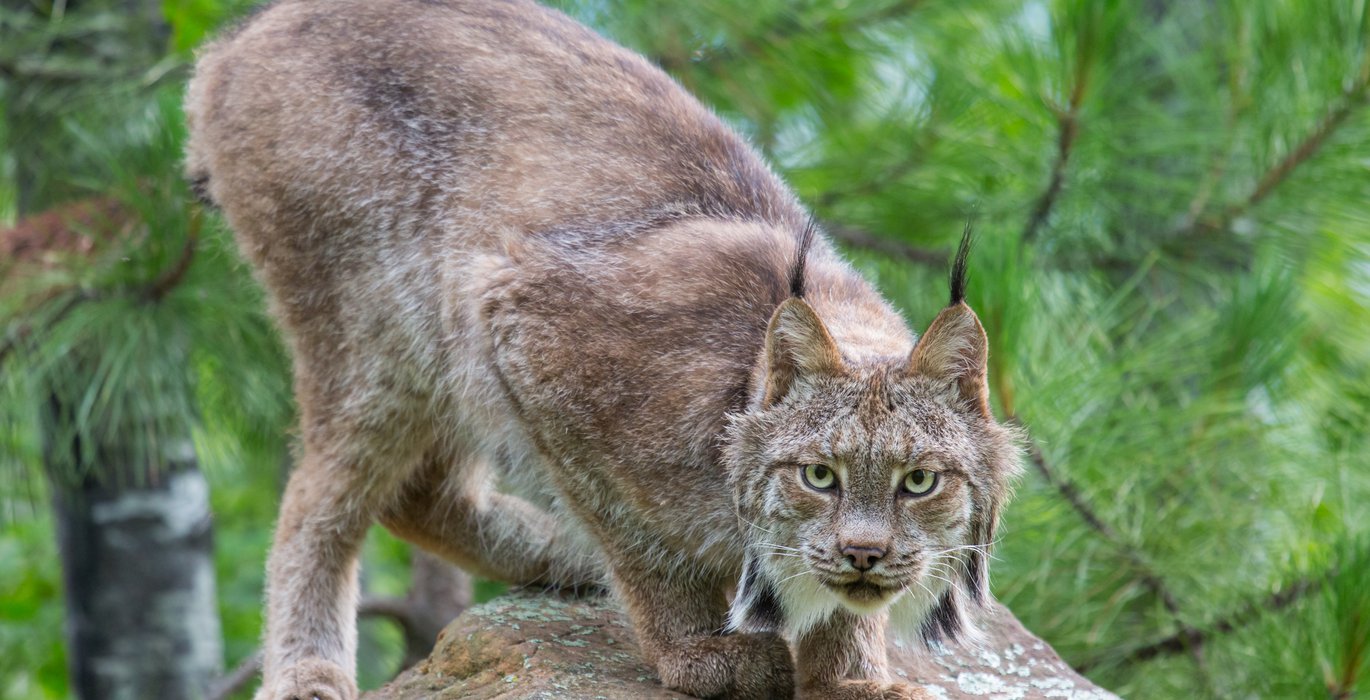
It was a hard winter to be a snowshoe hare — and an even harder one to be a lynx.
Across large swaths of Alaska, Yukon and the Northwest Territories, snowshoe hare (Lepus americanus) populations have crashed, causing extreme hardship for the Canada lynx (Lynx canadensis), which relies almost exclusively on the hare for sustenance.
The two species exist in a complex “boom-bust” cycle, with the success of lynx populations dependent on the availability of hare, says Yukon Department of Environment biologist Tom Jung.
When there are lots of hare, lynx are better fed and have greater reproductive success, meaning more lynx kittens survive into adulthood and breed themselves, driving up lynx populations, which in turn demands more hare to sustain itself. Every nine to 11 years, however, the number of hare crashes precipitously, leaving the peaked lynx population with little to survive on — not unlike the way a downward turn in the stock market can leave humans out of work and struggling to make ends meet.
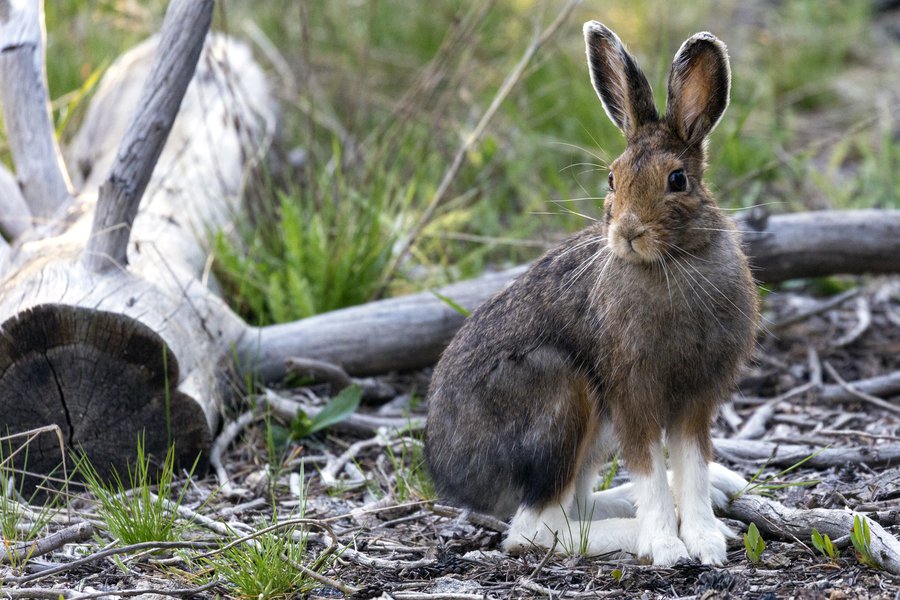
Snowshoe hare populations across areas of Alaska, Yukon and the Northwest Territories have crashed. PHOTO BY GETTY IMAGES
When this happens, hungry lynx “need to get creative”, says Jung.
Lynx, which grow to around a metre long and weigh around 10 kilograms, are far too small to tackle larger prey species such as moose and caribou, and may turn to livestock and pets for food.
This year’s crash has led to a rash of attacks, including two separate incidents in Yellowknife and Beaver Creek, YT, where women had to physically overpower the large cats to save their dogs from being dinner. A man in Anchorage, Alaska, recently chased off a lynx displaying predatory behaviour towards his two-year-old daughter in their backyard.
This kind of behaviour, says Jung, is highly unusual for lynx, which are normally shy, reclusive animals. The lynx, simply, are desperate; they’re taking more risks, which in turn leads to a higher rate of mortality among lynx themselves.
“That’s what (biologists) have been trying to untangle for the last few years now — is it bottom-up or top-down? There’s evidence for both, in reality. It’s not as simple as just one choice.”
Tom Jung
Although there aren’t numbers to support it, anecdotal reports indicate trappers take more lynx on their lines when hare populations crash, possibly because the animals are forced to be less cautious.
Although some lynx do certainly perish during lean times, changes in lynx population during these periods is not solely related to mortality; when the going gets tough, lynx may simply get going, moving hundreds of kilometres from their home ranges in search of prey, says Knut Kielland, a professor of ecology with the University of Alaska who studies lynx.
A recent study of 150 collared lynx headed by Kielland found the animals “took off in all kinds of directions” as food supplies dwindled, with some collared animals moving as far south as British Columbia and Alberta. One specimen was tracked east of Great Bear Lake, NWT, from its home terrain in Alaska near Fairbanks — an absolutely tremendous distance for an animal whose home range is usually about 50 square kilometres.
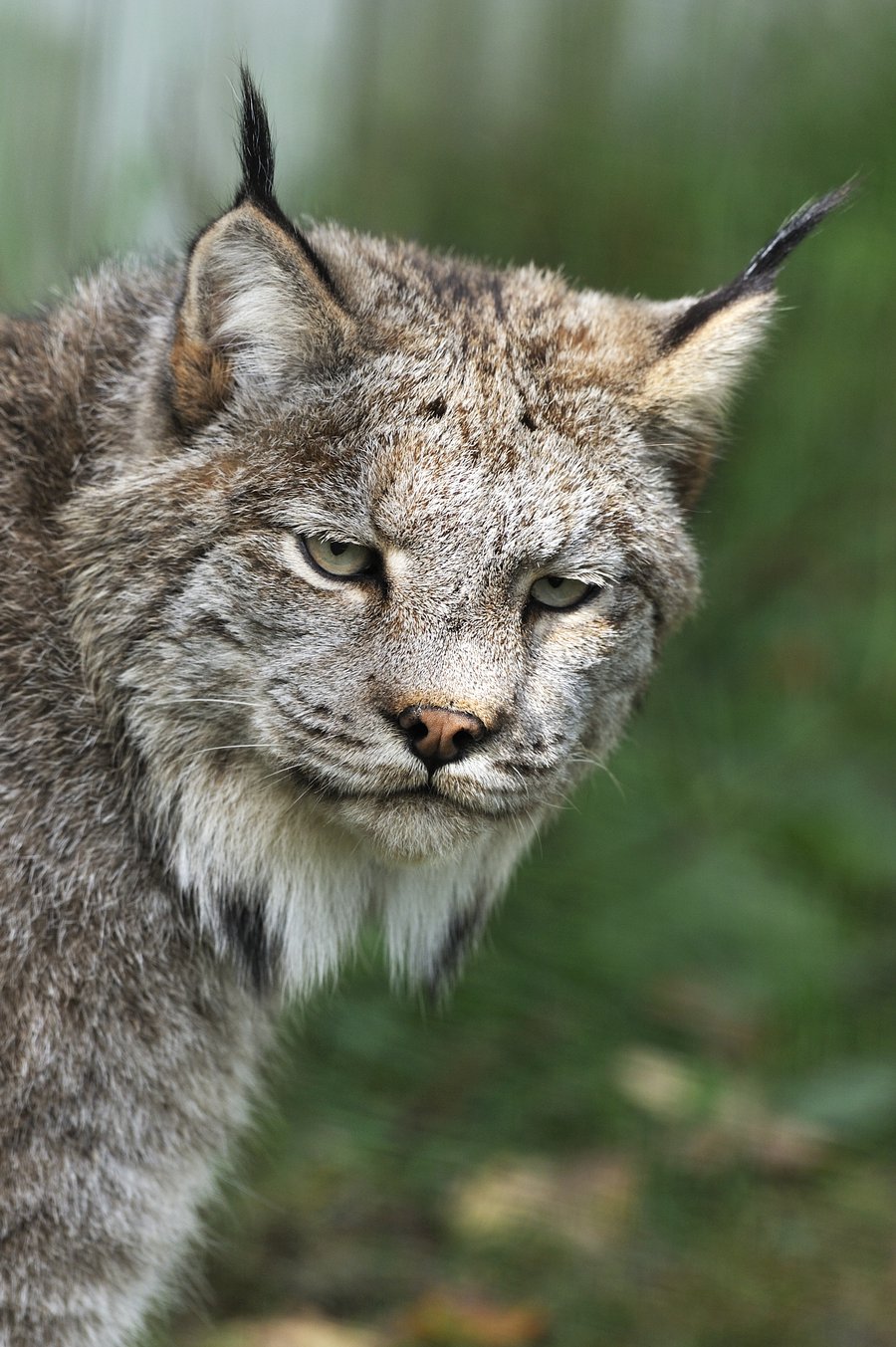
Lynx survive almost entirely on a diet of snowshoe hares. PHOTO BY GETTY IMAGES
“They’re not usually long distance travellers, like wolves… which move at a trot and can cover 50 km a day that way,” says Kielland. “These guys (lynx) are moving at a walk. It’s very puzzling.”
Although the cyclical relationship between hare and lynx has long been documented, exactly what makes the hare population collapse is not well understood, with “ecologists divided into two camps: those that believe that the little things run the world and it’s a bottom-up process… and those that believe it’s a top-down process where predators regulate the food web.”
“That’s what (biologists) have been trying to untangle for the last few years now — is it bottom-up or top-down? There’s evidence for both, in reality. It’s not as simple as just one choice,” Jung notes.
“What seems to be driving hare populations in some cases is an increase in their predators.”
Meat-eaters such as great horned owls, golden eagles, wolverines and coyotes are capable of “prey switching” and “tune into snowshoe hare” when they are plentiful, putting increased pressure on the population as it rises, he says. When it crashes, these species return to other food sources, whereas lynx, which specialize in hunting hare, are left in the lurch.
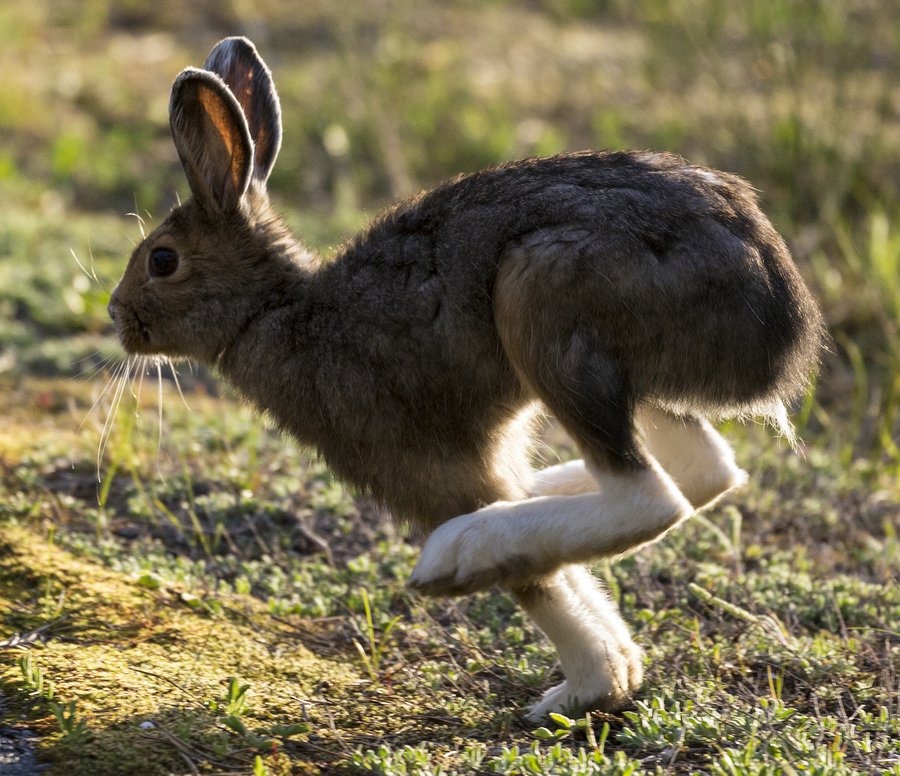
When there are lots of hare, lynx are better fed and have greater reproductive success, meaning more lynx kittens survive into adulthood and breed themselves. PHOTO BY GETTY IMAGES
Although the boom-and-bust of the hare population is part of a natural cycle, Jung says there has been a documented change over the last few decades in how high those populations rise; although the cycle still experiences its usual lows, the boom times are not as good as they used to be, with “weak peaks” in population increases.
Why this is, he says, is not yet entirely understood, but says that it might be linked to climate change; in recent years, Yukon’s climate has been shifting and the territory has been receiving about a third less snow than it used to. This is a boon to coyotes; when there’s little snow, they’re fast enough to catch hare, but in deep snow they’re too slow.
“Climate change is going to be tough on snowshoe hare, because you’re going to have more predators that can get you.”
